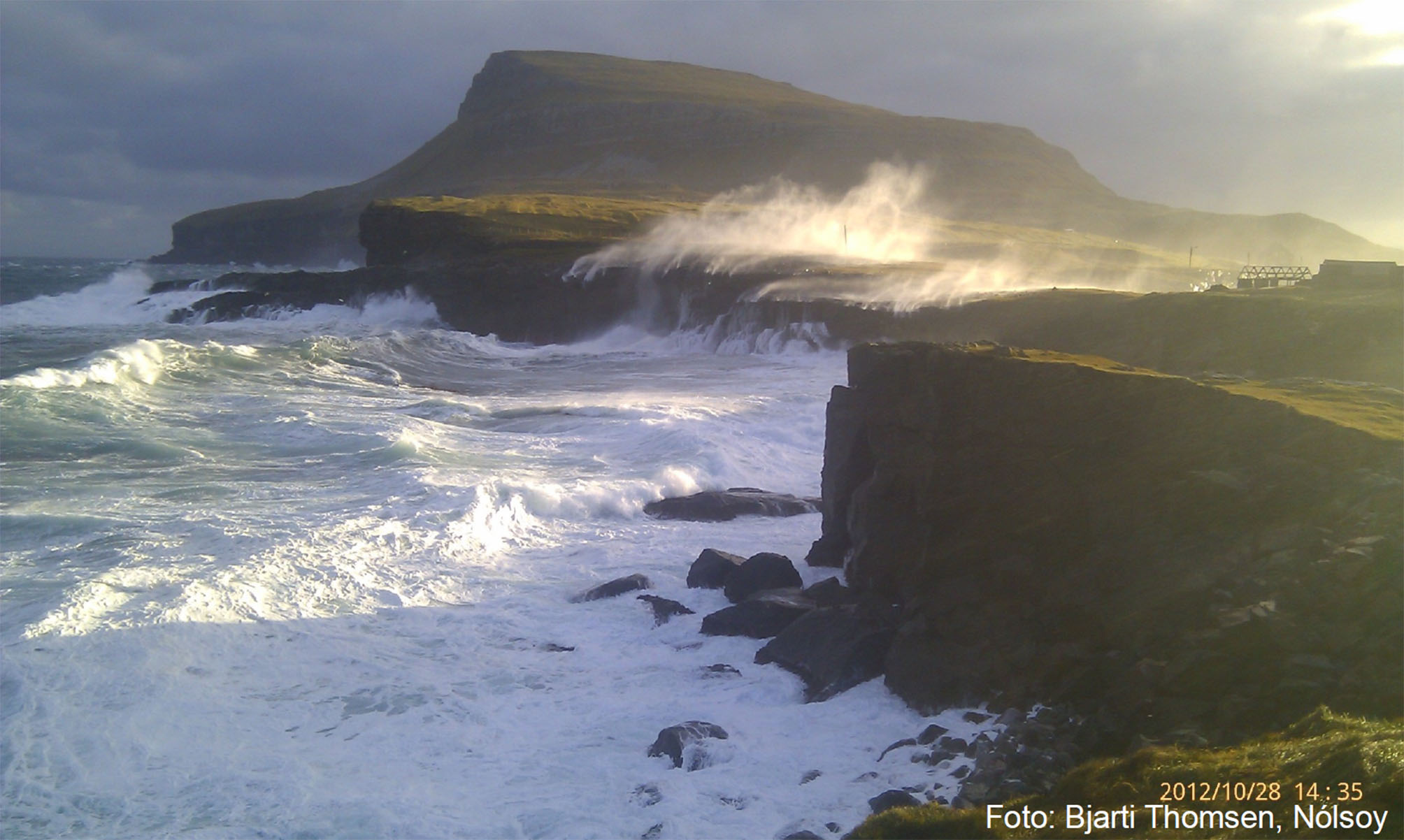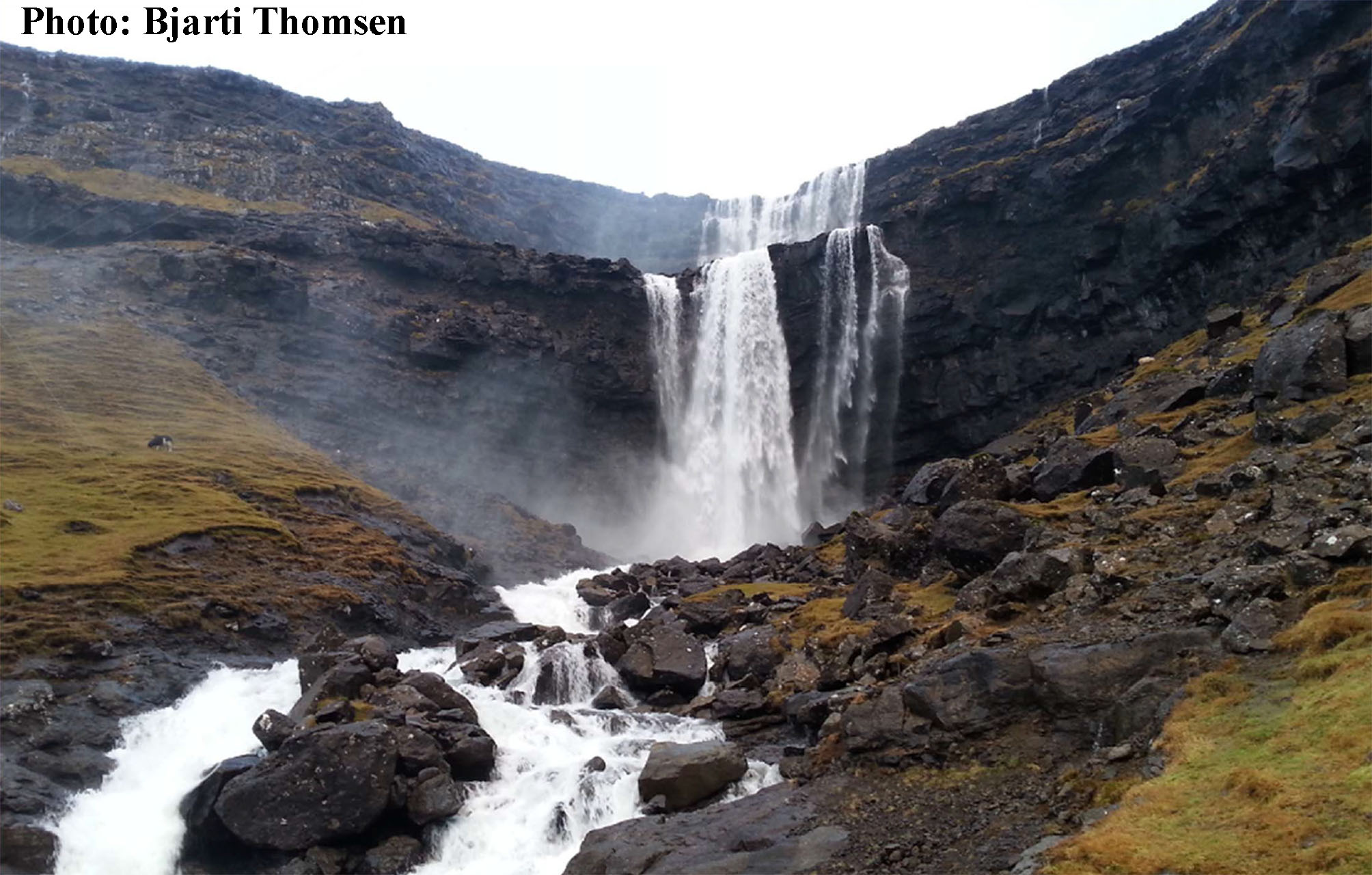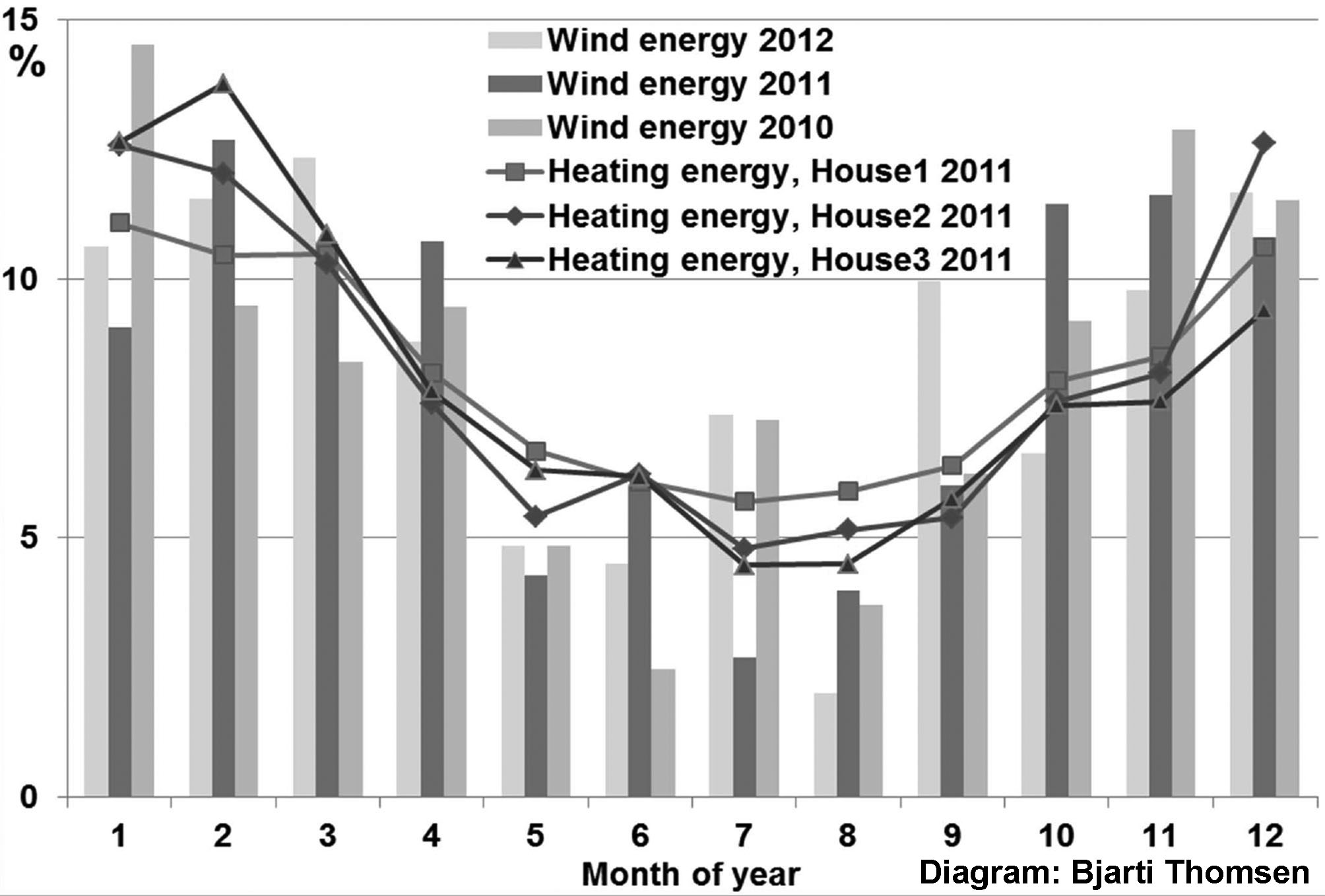Faroe Islands constitute an autonomous insular complex, located in the Atlantic Ocean, approximately 200 nautical miles north from Scotland and 230 nautical miles southeast from Iceland, with a permanent population of 50.000 people. The R.E.S. penetration (wind and hydrodynamic energy) in the local autonomous electrical grid is already remarkable, exceeding instantly, under favorable conditions, percentages at the range of 90%. The Faroe islanders have recently put a particularly ambitious target: the 100% energy production in the islands from renewable energy sources, regarding electricity, heating and onshore transportation needs. For this purpose, an exceptionally interesting conference was organized on the 27th and 28th of September in the capital Tórshavn of the Faroe islands, by SEV, the local grid’s operator (http://www.sev.fo) entitled “100by2030” (http://www.100by2030.org/). Aeolian Land S.A. was invited to attend the event.

In total, 93% of the annual energy consumption in the Faroe Islands comes from imported fossil fuels (oil and oil products). The 42% of the annual energy consumption is for offshore transportation (fishing activities). More than 20% of annual energy consumption refers to heating needs, while transportation and electricity shares are a bit higher than 14%. Regarding exclusively electricity, the annual R.E.S. penetration is estimated at 60%.

Faroe Islands are blessed with abundant R.E.S. potential, wind and hydro, for 10 months annually, and with an excellent land morphology for the installation of several pumped storage systems, either with rain water, or with seawater. However, there is a two-month period during summer, when the availability of wind and hydro is remarkably restricted. This is the main obstacle towards the 100% penetration of R.E.S. for the local energy needs cover. On the other hand, luckily the energy demand during this summer period reduces as well, mainly due to the milder weather conditions.

Figure 1: Annual variation of the available wind potential and the final thermal energy demand for residential users in Faroe Islands.
Given the above facts, wind and hydro seem to be the fundamental R.E.S. towards the achievement of 100% R.E.S. penetration in the electricity, transportation and heating needs. The R.E.S. power plants should be supported with one or more pumped storage power plants. Due to the long period of low R.E.S. potential during summer, the total required storage capacity is considerably increased. This requirement may be relieved with the introduction of small scale decentralized electrochemical storage (e.g. li-ion batteries) in residential and commercial buildings or in wind parks, smoothing simultaneously the stochastic power production of the wind turbines and contributing to the stability and the power quality of the local grid.
In case of full upper reservoirs periods of the pumped storage systems, met during winter time, energy storage can be approached in a complementary mode, with thermal storage in either special concrete constructions or in pressurized water. These implementations enable the thermal energy storage in temperatures higher than 300οC, which, in turn, provides the possibility of combined electricity and heat production, an option strongly significant in cold climates, like the one in Faroe.
From the above it comes that the whole procedure constitutes a complex problem to be solved, with a number of different parameters that should be taken into account. Good luck to the Faroe Islands towards the achievement of their target.
Special thanks to Mr. Bjarti Thomsen, Consultant in Energy Directorate in Faroe Islands, and SEV, the local power company and organizer of the conference, for their warm hospitality.